Scorpions. Just the word can send a shiver down your spine, especially if you live in Arizona, where these arachnids are notorious houseguests.
Did you know that Arizona is home to the bark scorpion, one of the most venomous in North America? Yikes! But don’t worry; we’ve got you covered with this guide on how to get rid of scorpions in Arizona.
While scorpions can certainly be daunting pests to have to deal with, the good news is that there are some relatively simple steps you can take to keep yourself – and your family – safe.
 Understanding Arizona’s Scorpions
Understanding Arizona’s Scorpions
Knowing your enemy is the first step to winning the battle!
Arizona has several scorpion species, but the bark scorpion is the most troublesome. These tiny terrors can climb walls and even hang from ceilings. Other species include the desert hairy scorpion and the stripe-tailed scorpion.
Scorpions thrive in Arizona’s hot, dry climate. They seek out moisture and shelter, making homes and yards their favorite hideouts. They’re nocturnal, meaning they’re more active at night, which can make spotting them during the day tricky.
While scorpions are common in desert areas, they can thrive in urban environments too. Homes, gardens, and yards provide ample shelter and food sources.
While most scorpion stings are akin to bee stings – painful and itchy but not life-threatening – the bark scorpion’s venom can cause severe pain, numbness, and even difficulty breathing. If you suspect a bark scorpion sting, you need to seek medical help immediately. Prevention is definitely better than cure in this case!
With that said, scorpions are generally not aggressive and prefer to avoid humans. Most stings occur when scorpions are accidentally stepped on or disturbed.
 How to Scorpion-Proof Your Home
How to Scorpion-Proof Your Home
While there’s not a lot you can do to prevent scorpions outdoors, in Arizona’s arid, hot climate, there are steps you can take to buttress your home against the threat of these pests. The good news is that many of these steps can also keep other pests with similar preferences – like spiders – out of your home, too.
First, seal up the entry points. Like most pest invaders, scorpions can squeeze through tiny cracks and crevices. Inspect your home for gaps around windows, doors, and utility pipes. Use caulk or weather stripping to seal these entry points. Don’t forget to check for gaps in your home’s foundation and roofline.
Next, take a look at your windows and doors. Door sweeps and window screens act as barriers, preventing scorpions from entering your home. Make sure the window and door screens are in good condition and without any tears. For extra protection, consider using fine mesh screens.
It’s also important that you keep your yard tidy. Scorpions love hiding under rocks, logs, and debris. Regularly clean your yard and remove any potential hiding spots. Trim back overgrown vegetation and keep firewood stacked away from your home.
Back inside, take some time to clean up. A clutter-free home is less inviting to scorpions. Keep floors free of piled-up clothes, shoes, and other items. Regular cleaning reduces the number of hiding places available for scorpions.
Though not necessarily a method of exclusion, sticky traps can be an effective tool for monitoring scorpion activity. Place them near entry points and along baseboards. While these traps won’t eliminate scorpions, they can help you identify problem areas.
Finally, remember that scorpions are attracted to moisture. Fix leaky pipes, use dehumidifiers, and ensure proper ventilation in damp areas like basements and bathrooms. A dry home is less appealing to scorpions.
 Yard Maintenance for Scorpion Control
Yard Maintenance for Scorpion Control
As we mentioned earlier, there’s not much you can do to totally eliminate outdoor scorpion populations.
However, you can make your yard and garden less hospitable to them. Here are three top tips:
- Remove Debris and Leaf Litter: Scorpions hide under organic debris. Regularly rake leaves and remove any piles of debris. Maintaining a clean yard reduces the chances of scorpions making your yard their home.
- Trim Vegetation: Overgrown vegetation provides shelter for scorpions. Regularly trim shrubs, bushes, and trees. Keeping plants well-maintained also makes it easier to spot and address scorpion issues.
- Install (the Right Kind of) Outdoor Lighting: Scorpions are attracted to insects, which are drawn to light. Installing yellow or sodium vapor lights can reduce insect activity and, consequently, scorpion presence around your home.
There are also targeted scorpion repellents you can apply around the perimeter of your home and garden, too.
When to Seek Professional Help for Scorpions in Arizona
Sometimes, despite your best efforts and research into how to get rid of scorpions in Arizona, these pests can still wreak havoc on your household – and your peace of mind.
Professional pest control services have the expertise and tools to handle severe infestations. They can provide suggestions on (and implement) the most targeted treatments and ongoing maintenance to keep your home scorpion-free.
Whenever possible, look for pest control services with experience in dealing with Arizona’s scorpions in addition to other pests. Check reviews, ask for recommendations, and ensure the company uses safe and effective methods. A reliable service will offer a comprehensive plan tailored to your needs.
If you’re in Chandler, Mesa, or Phoenix, Green Magic Pest Control is your go-to solution. With our expert knowledge and effective treatments, we’ll help you reclaim your home from scorpions. Don’t wait until it’s too late – reach out for professional assistance.
Final Thoughts
Keeping scorpions out of your home requires a lot of vigilance – and the right proactive measures. By following the tips in this guide on how to get rid of scorpions in Arizona, you can reduce the risk of scorpion encounters and ensure a safer living environment.
Remember, for severe infestations or to book some specialized professional assistance, Green Magic Pest Control in Chandler, Mesa, and Phoenix is here to help. We’ve got your back!

 Understanding Arizona’s Scorpions
Understanding Arizona’s Scorpions How to Scorpion-Proof Your Home
How to Scorpion-Proof Your Home Yard Maintenance for Scorpion Control
Yard Maintenance for Scorpion Control

 The Formidable Formosan Subterranean Termites
The Formidable Formosan Subterranean Termites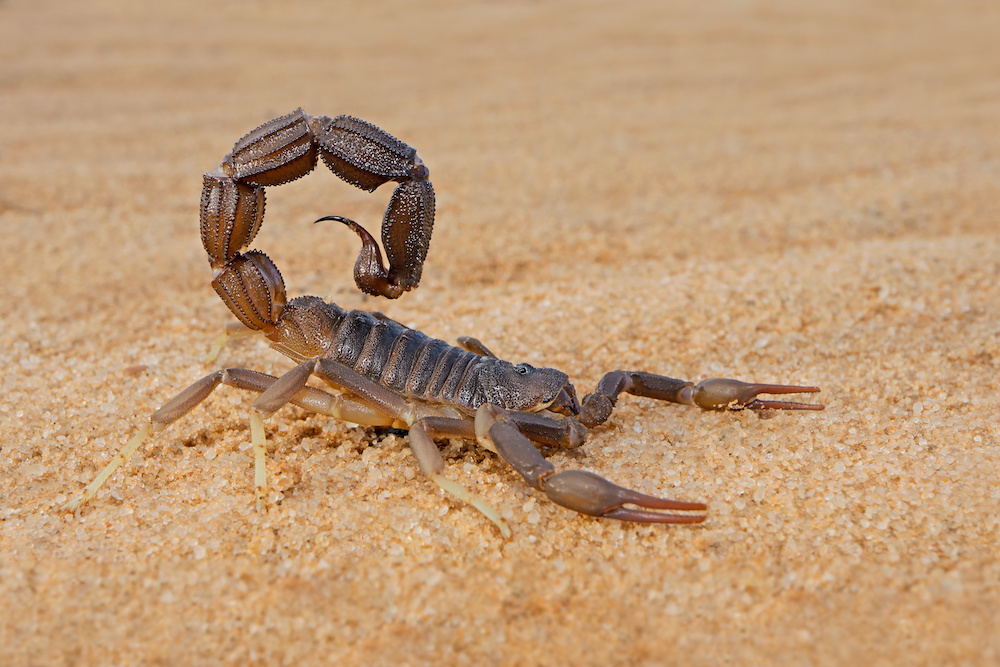
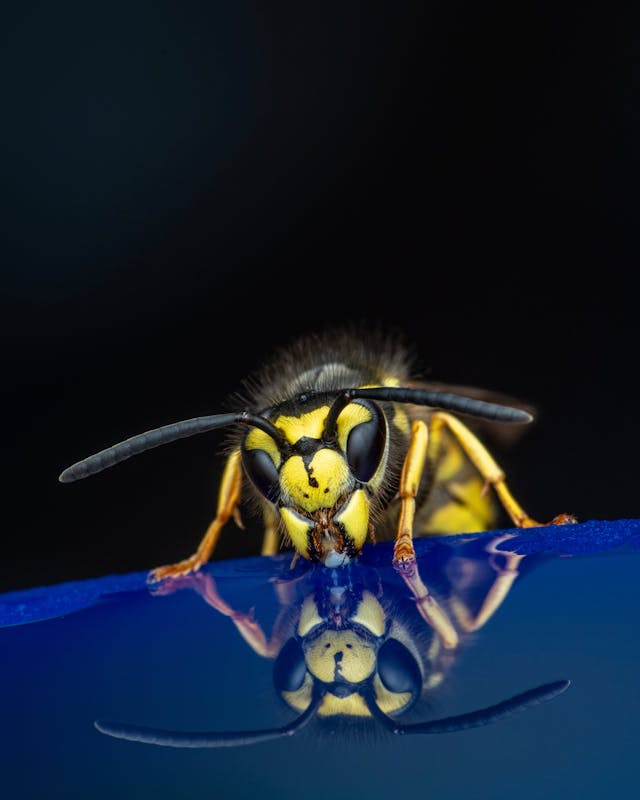
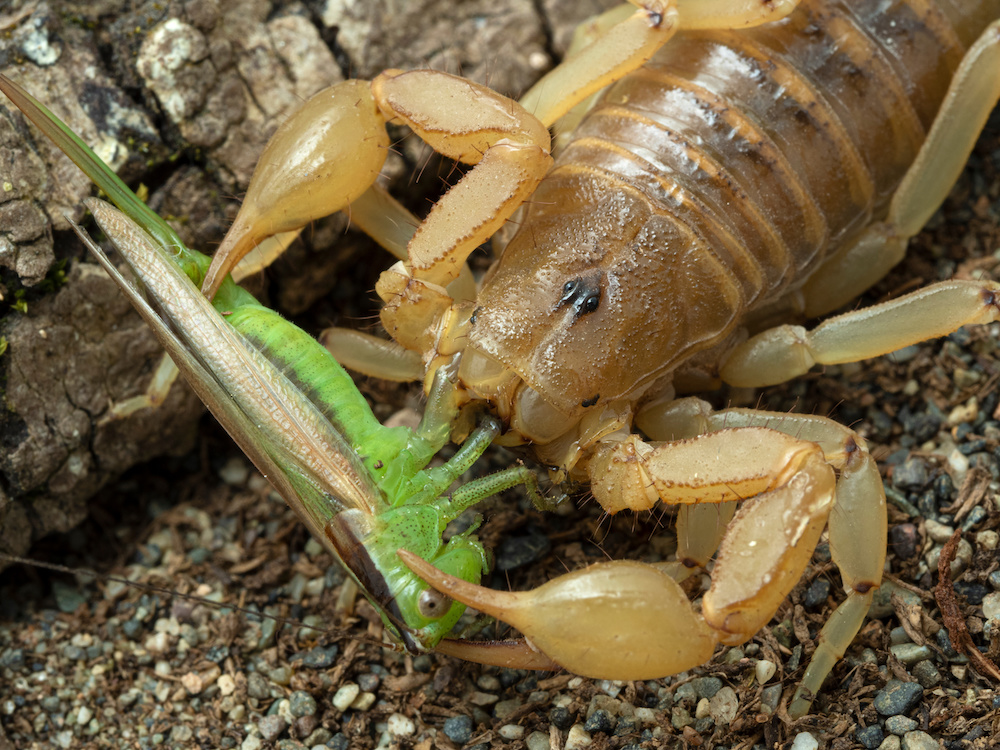
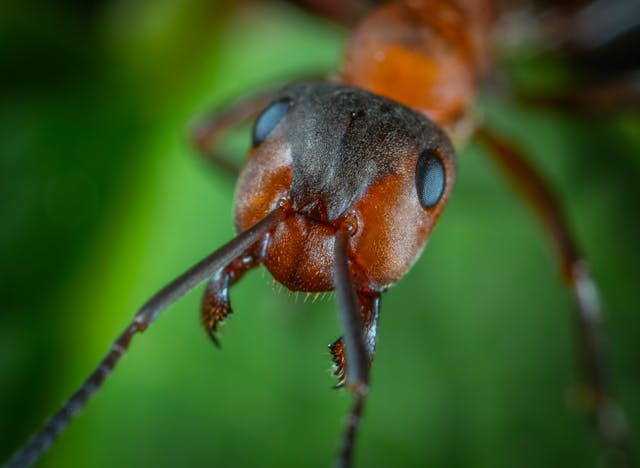
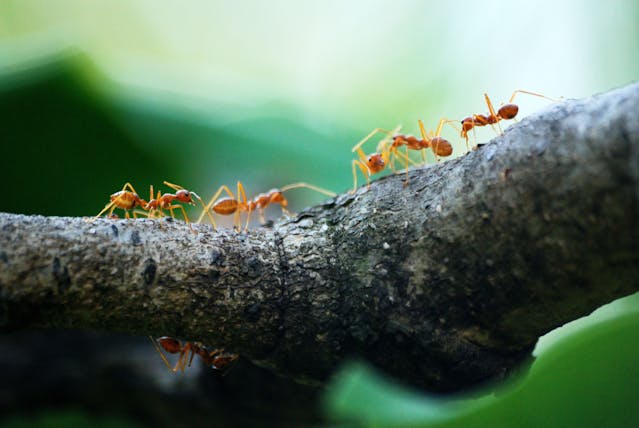 Fire Ants
Fire Ants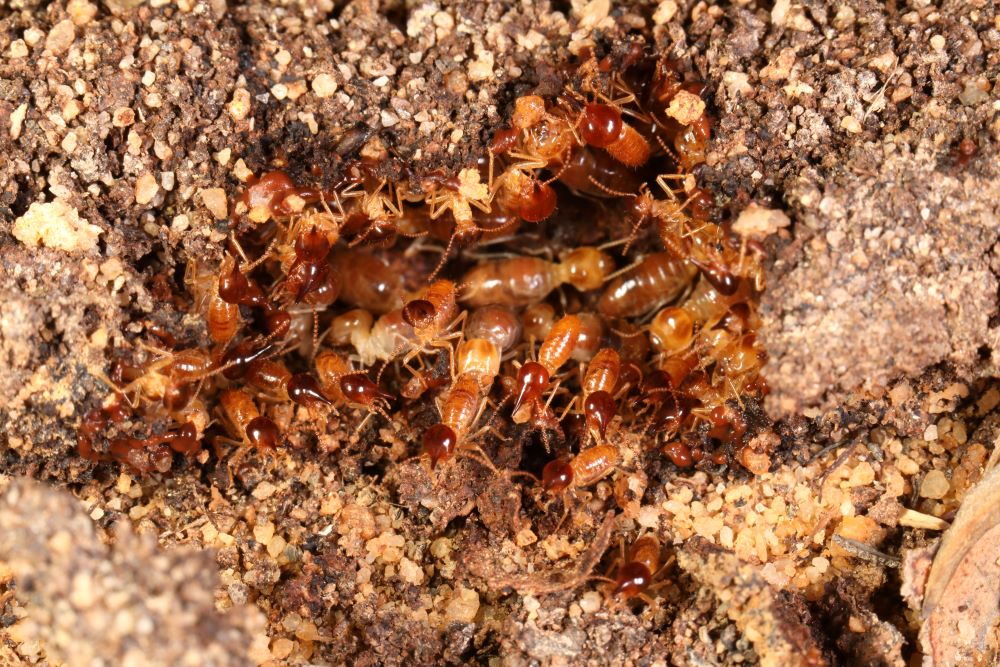 Termites are often unseen assailants of our homes, lurking beneath the surface or within wood structures, their presence unnoticed until significant damage has been done. Understanding these pests, their behaviors, and the signs of their infestations is crucial for homeowners who wish to protect their property. This guide will walk you through the steps of identifying, understanding, and ultimately eliminating termites from your yards.
Termites are often unseen assailants of our homes, lurking beneath the surface or within wood structures, their presence unnoticed until significant damage has been done. Understanding these pests, their behaviors, and the signs of their infestations is crucial for homeowners who wish to protect their property. This guide will walk you through the steps of identifying, understanding, and ultimately eliminating termites from your yards.